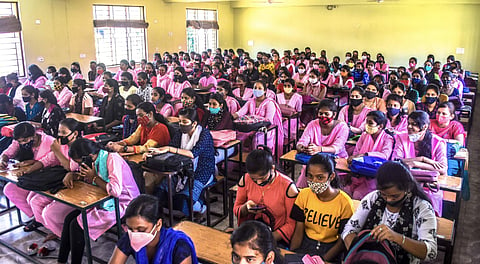Prejudice and discrimination in the classroom: What can teachers do?
At a time when teachers and professors are being called out for their prejudicial behaviour, we take a deep dive into what it is. Prejudice is a preconceived opinion that is not based on reason or experience. It can be positive or negative, but it is always harmful. In the context of education, prejudice can lead to discrimination against students from certain backgrounds, which can have a devastating impact on their learning and development.
India is a diverse country with a rich cultural heritage. However, it is also a country with a long history of prejudice and discrimination. This is reflected in the education system, where students from certain backgrounds are often disadvantaged.
Teachers play a vital role in promoting equality and inclusion in the classroom. They can do this by being aware of their own prejudices and taking steps to mitigate them.
Here are some tips for teachers on how to keep their prejudice aside while teaching in India:
- Be aware of your own biases. Everyone has biases, both conscious and unconscious. The first step to overcoming them is to be aware of them. Think about your own experiences and upbringing, and how they have shaped your views of the world.
- Educate yourself about prejudice and discrimination. The more you know about prejudice and discrimination, the better equipped you will be to identify and challenge them. Read articles and books on the subject, and attend workshops and training courses.
- Be mindful of your language. The language we use can have a powerful impact on our students. Avoid using language that is discriminatory or biased.
- Create a positive and inclusive classroom environment. Make sure that all students feel welcome and respected in your classroom. This means creating an environment where students feel comfortable asking questions and sharing their ideas. It also means challenging any discriminatory or biased behaviour from students.
- Get to know your students. Take the time to get to know each of your students individually. This will help you to understand their backgrounds and experiences and to appreciate their unique perspectives.
- Be reflective. Regularly reflect on your teaching practice and identify areas where you can improve. Be open to feedback from your students and colleagues.



